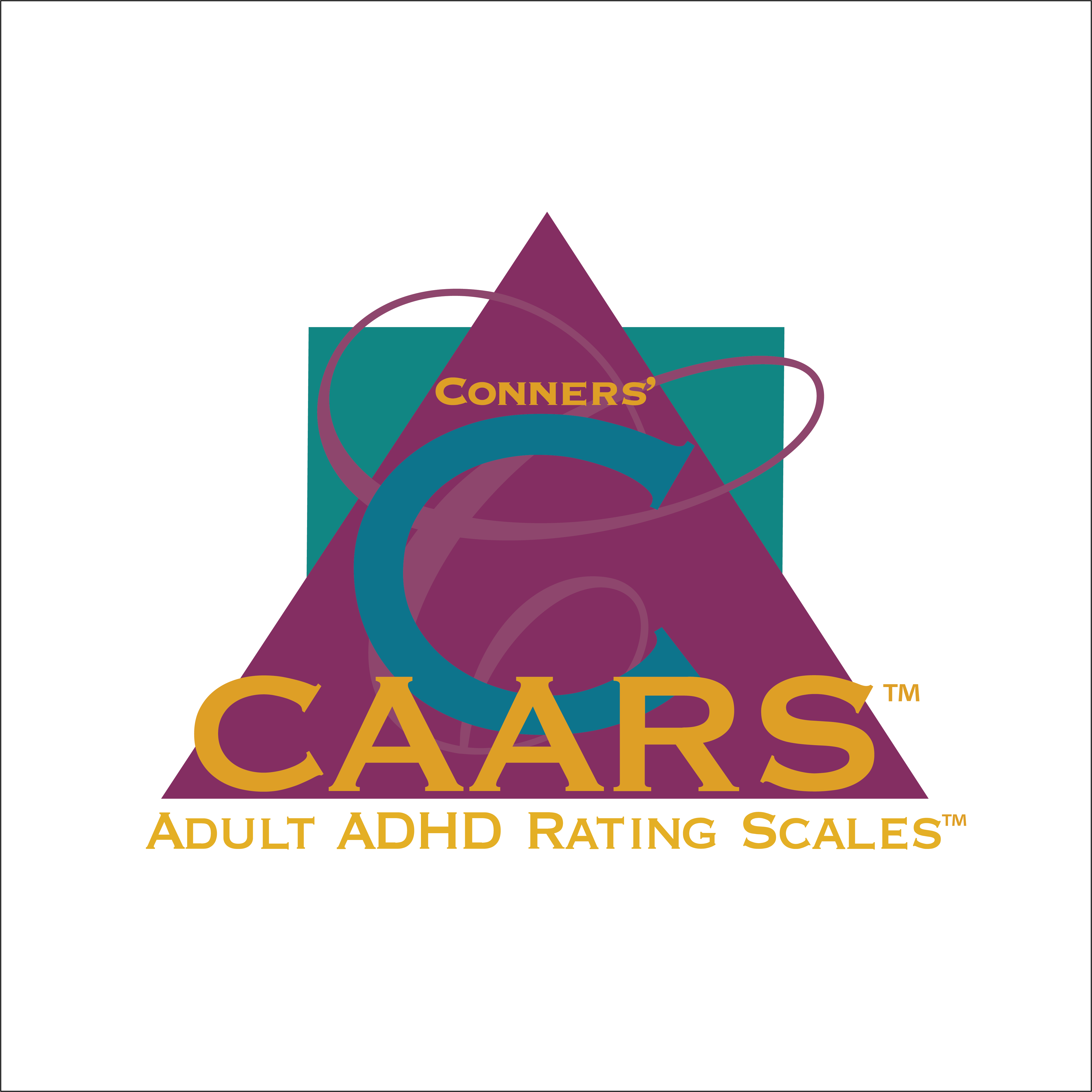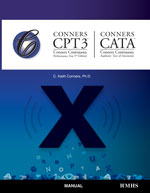
CAARS™
Conners' Adult ADHD Rating Scales
Filters
When ADHD stays with a person into adulthood, it usually contributes to larger personal and professional difficulties. The Conners' Adult ADHD Rating Scales (CAARS™) scales measure the presence and severity of ADHD symptoms so that you can determine whether or not ADHD is a contributing factor to a client's difficulties.
Age
- 18 and Older
Administration Type
- Self
- Observer
Administration Time
- 10 to 15 minutes
Number of Items
- Self-Report: Short, 26; Long, 66; Screening, 30
- Observer: Short, 26; Long, 66; Screening, 30
Qualification Level
- B
Format(s)
- Handscored
Reading Level
- 4th Grade
- Measures the presence and severity of ADHD symptoms
- Can be used in clinical, research, rehabilitation, and correctional settings
- Offers long, short, or screening versions
- Provides self-report and observer rating forms
Profile Reports summarize the results of an individual administration, providing scores for all scales.
Interpretive Reports provide detailed information about scores from a single administration, presented both numerically and graphically. An individual's scores are compared to those in the normative sample and elevations at the scale and subscale level are indicated.
Long Versions
The long self-report (CAARS-S:L) and observer (CAARS-O:L) forms provide scores for all subscales, the ADHD Index and Inconsistency Index. The long versions provide the most detailed information upon which to base treatment plans
Short Versions
The short self-report (CAARS-S:S) and observer (CAARS-O:S) forms examine and highlight key dimensions, making them ideal when time with a respondent is limited. The short versions are also often used during treatment to track progress over time. They include abbreviated versions of the factor-derived subscales that are in the long versions. The ADHD Index and the Inconsistency Index are included as well.
Screening Versions
The screening versions of the self-report (CAARS-S:SV) and observer (CAARS-O:SV) forms focus on DSM-IV criteria for quick ADHD identification. They include the DSM-IV ADHD subscales and the ADHD Index to screen for the possibility of ADHD
The CAARS provides a multiple-informant assessment with self-report (CAARS–S) and observer ratings (CAARS–O). Both address the same behaviors and contain identical scales, subscales, and indices. Long, short, and screening versions are available for each. With the handscored format, raw scores and T-scores are produced for each scale, subscale, and index and are then plotted on Profile Forms.
Reliability
Overall, the coefficients were highly satisfactory across the various normative groups. It was found that the CAARS measures (both self-report and observer) are quite accurate in measuring the constructs they were developed to assess.
Validity
Numerous validity studies were conducted on this test. The results of these studies supported the following hypotheses regarding factorial, discriminant, and convergent validity:
- The scale structure of the CAARS is appropriate and makes sense both empirically and theoretically.
- The CAARS discriminates between relevant groups.
- The CAARS correlates with instruments believed to measure related constructs.
The normative data sample for the self-report forms consists of 1,026 nonclinical adults, while the normative data sample for the observer forms consists of ratings by spouses, family members, or friends of 943 nonclinical adults. Separate norms are available by gender and age-group interval (18–29, 30–39, 40–49, and 50+ years).



